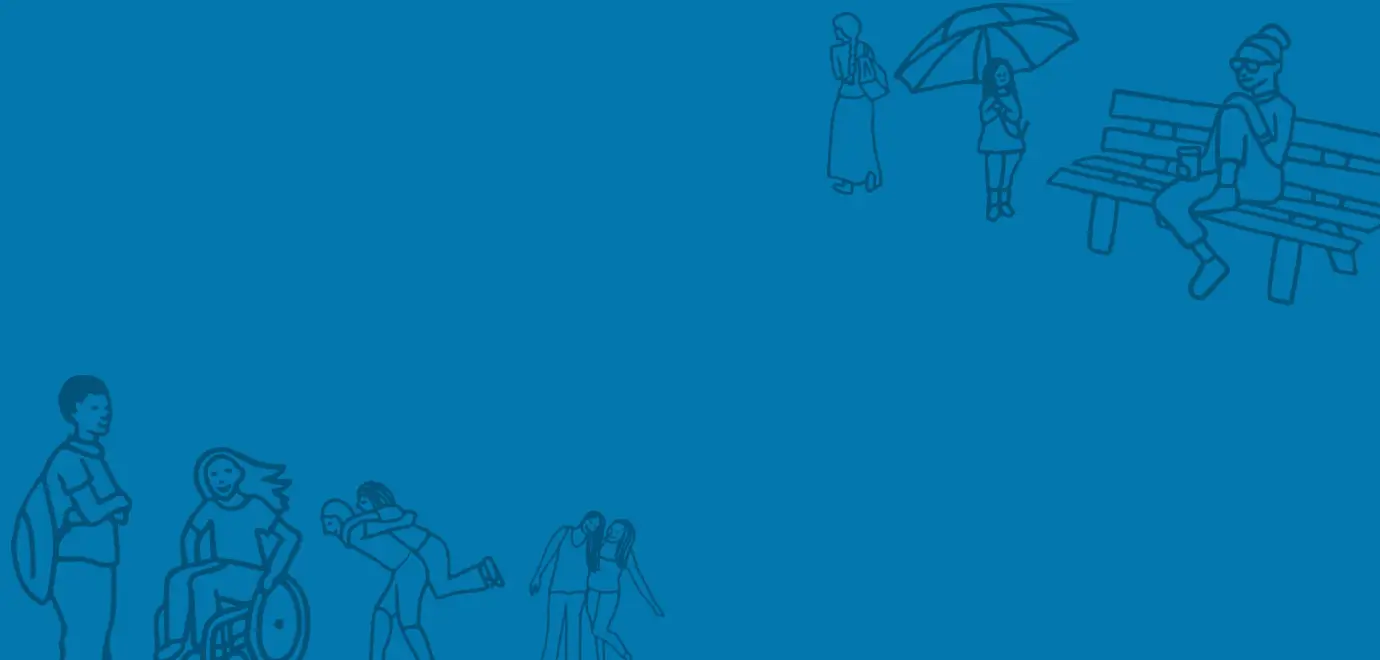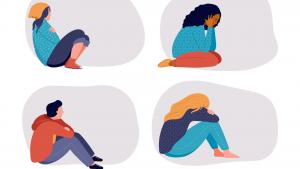New statistics published yesterday show that the number of young people classed as ‘children in need’ because they have been assessed as needing support by social services are holding steady at around 400,000.
The latest statistics, which show 403,090 children in need on March 31st 2023, equate to about one child in every class (1 in 29) being classified as a ‘child in need’.
The legal definition is that ‘children in need’ have been assessed by a social worker and found to need help and protection because of risks to their development or health, such as neglect, domestic abuse in the family, or because they are disabled.
This umbrella category covers different groups of children and even some adult care leavers (those under 25). Within this Children Act definition, thresholds are set locally for how serious problems have to be before you are offered help as a child in need. Last year my Family Review recommended that children and families should expect to receive the same access to support in every area without a postcode lottery of access.
Only 26% of the children in need (106,000) have a child in need plan. The others are mostly looked-after children, who have been taken into care (82,170 at latest count), and children under a child protection plan, who mostly live at home (50,780). The children on child in need plans are often overlooked and attention tends to focus on these other two groups.
As Children’s Commissioner, I want to see a better understanding about which children are offered support under child in need plans and I want to shine a light on the consistency and quality of planning and support for these vulnerable children.
Statutory guidance does not require the involvement of a social worker after the initial assessment and does not say how often children should be visited by services, or what sort of ‘help and protection’ they should receive. With this in mind it was not surprising that research published last year by What Works for Children’s Social Care found inconsistency across local authorities in how the plans are used; in the thresholds for involvement and interventions and in the range of services offered to families.
The Department for Education has begun to gather the start and end dates of ‘child in need’ plans from local authorities. It has not yet published statistics on who these children are, or how often the plans are used by different local authorities. So we cannot see how local authorities are balancing their resources between different groups of vulnerable children, or evaluate their outcomes.
This means that there is a huge lack of nationwide evidence on who is on these plans, where, for how long, and what services they receive. As Children’s Commissioner, I want to see this evidence, so that we can assess whether public money is being spent effectively to keep these vulnerable children safe and healthy.
It is my job to ensure that all children, especially those that are vulnerable, get the best possible support. My Help at Hand team provide an advice and assistance service for children with a social worker, and see what can go wrong when high quality support is not in place.
The children’s care system must be as robust as possible and we all need to work together to make sure the system is the best it possibly can be to protect and safeguard our children. Help at Hand is a free service for any child in need who needs help, and the team can be reached for free on 0800 528 0731.






